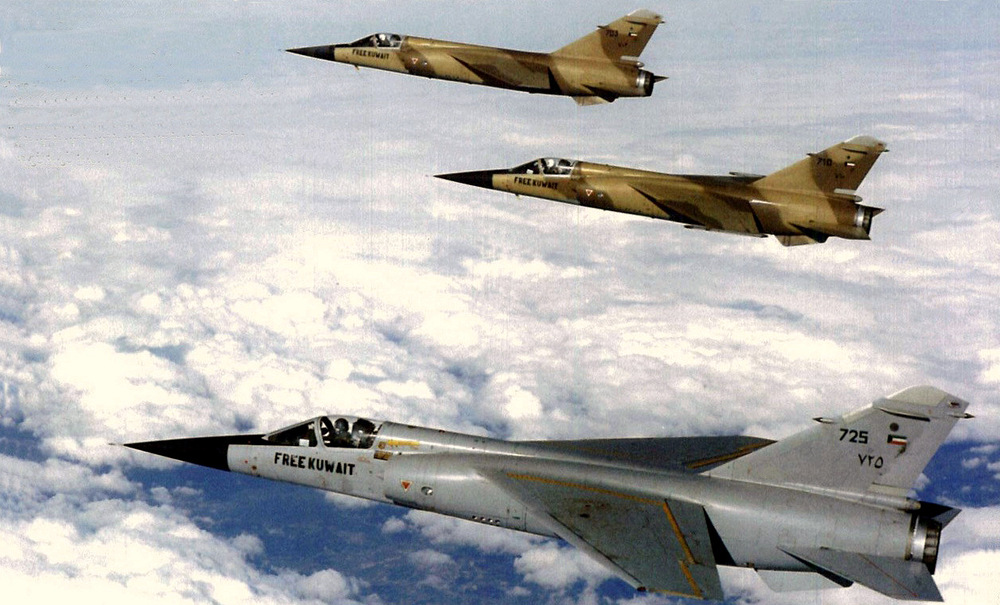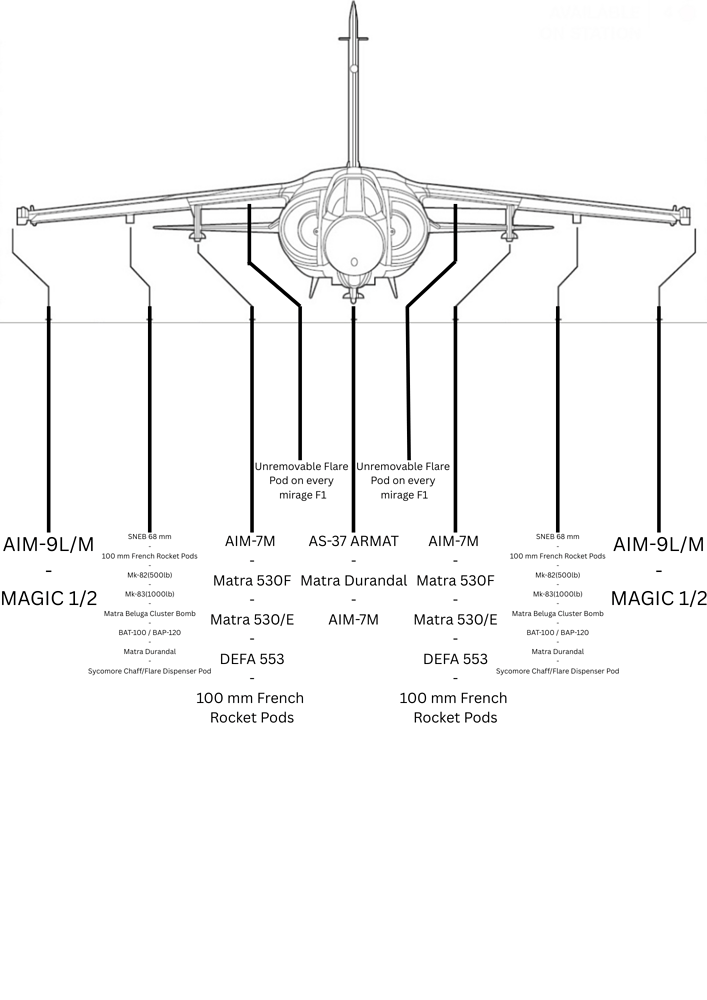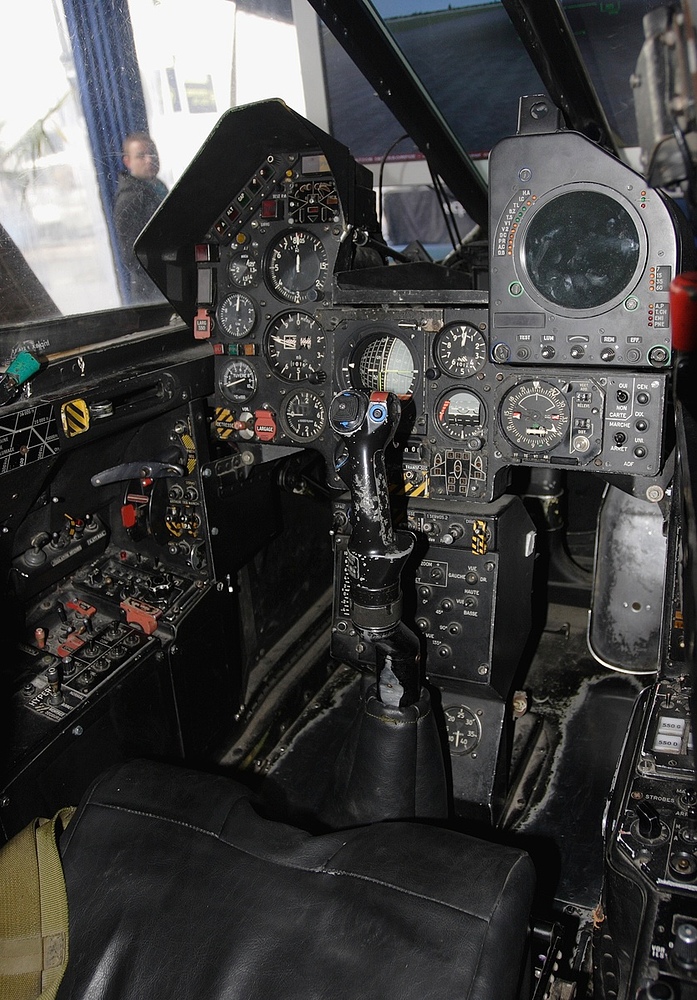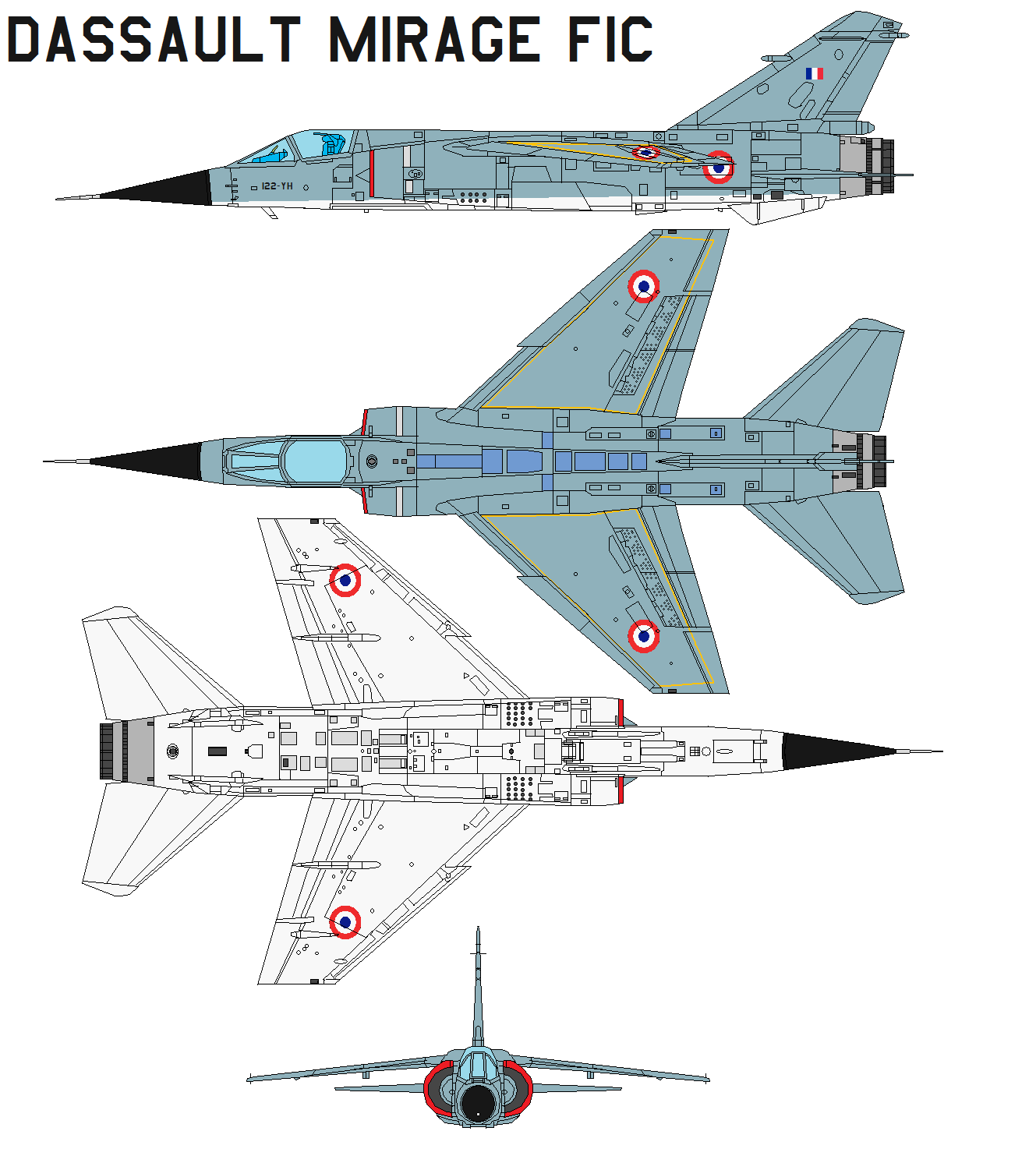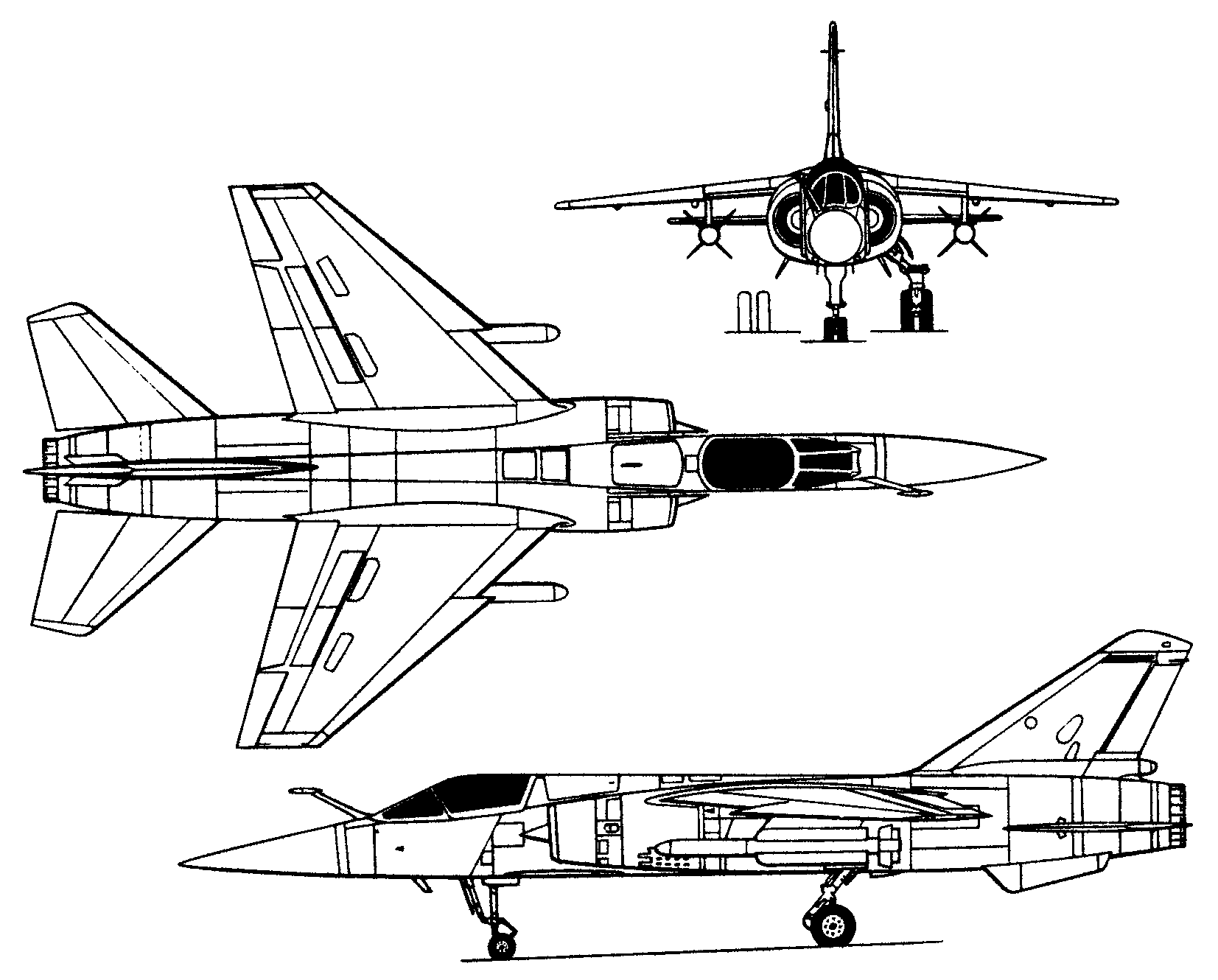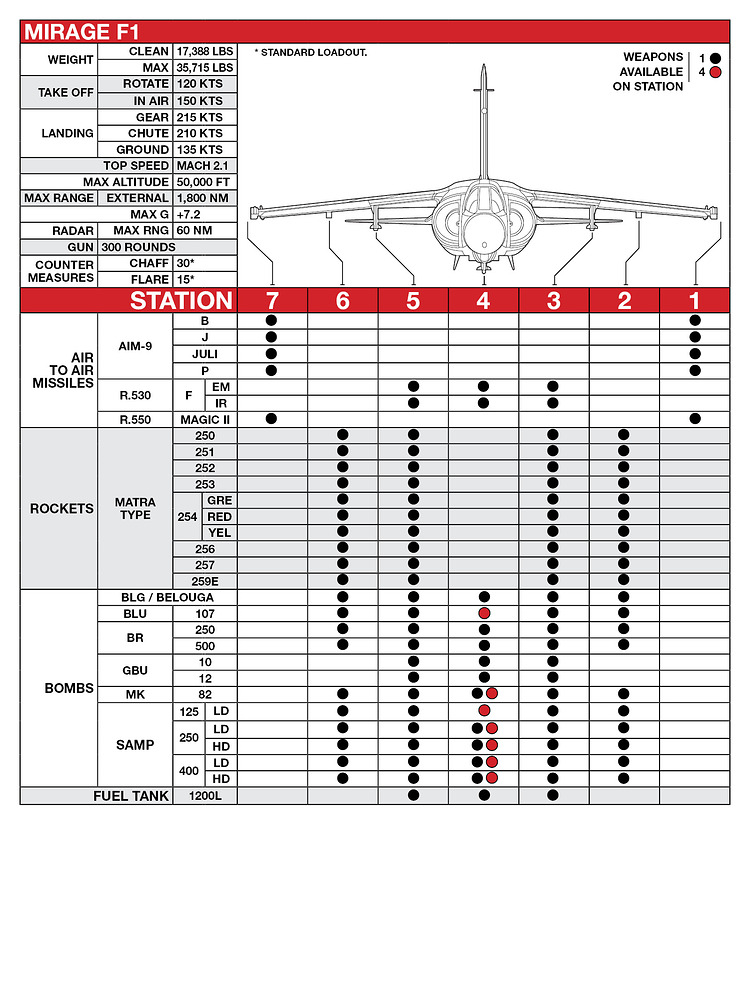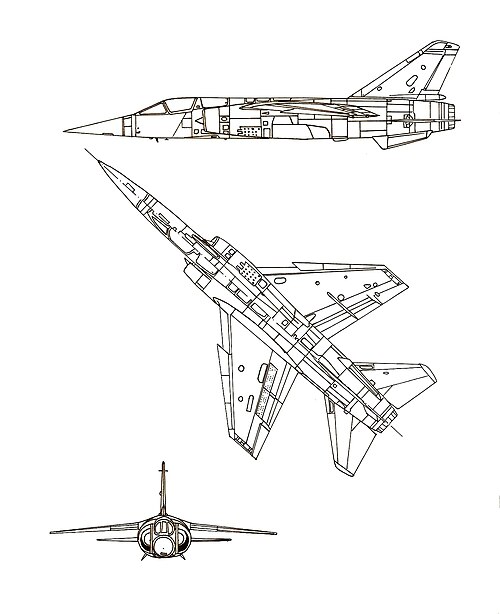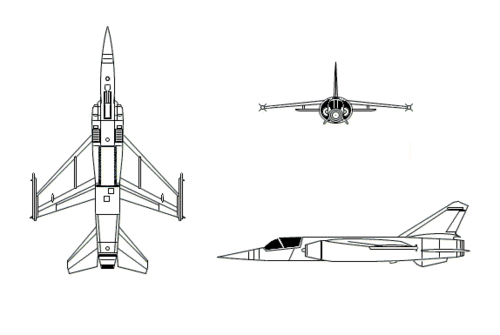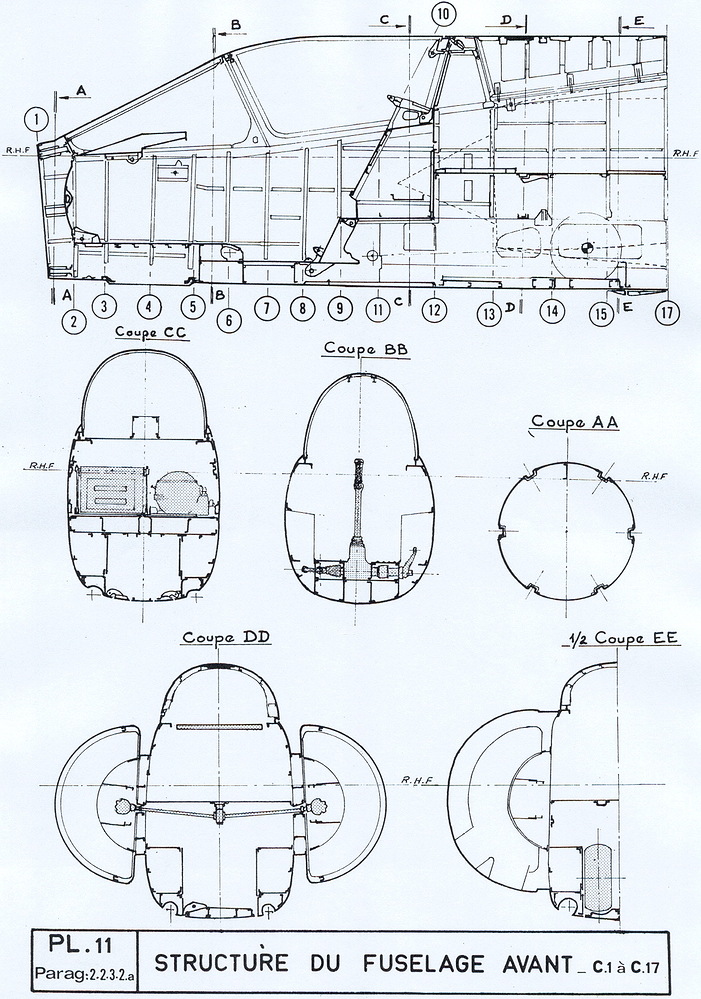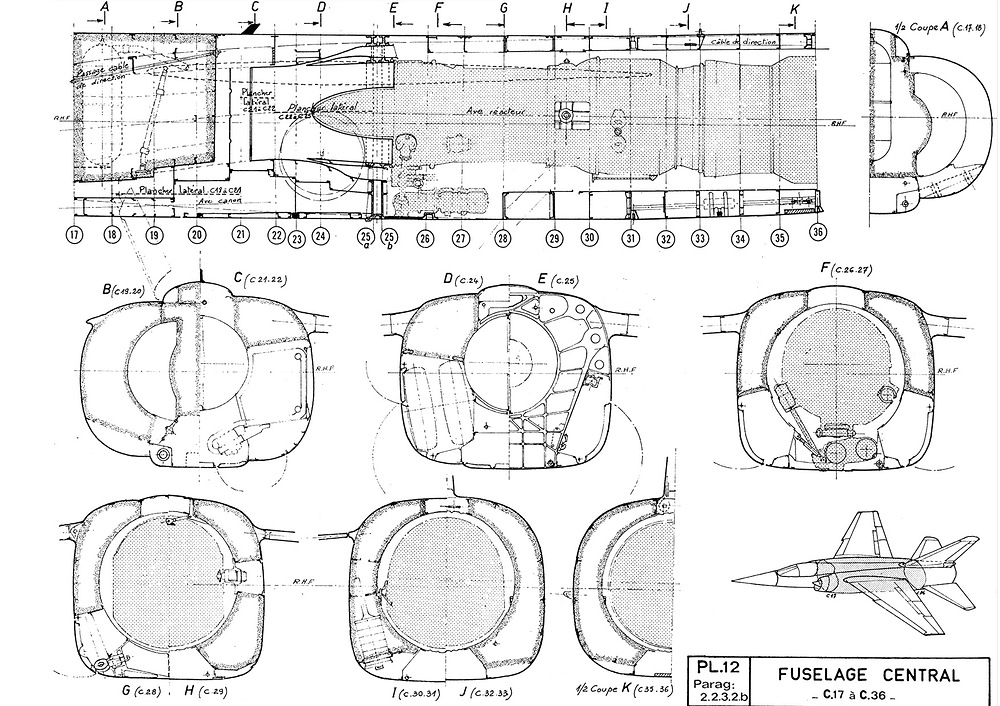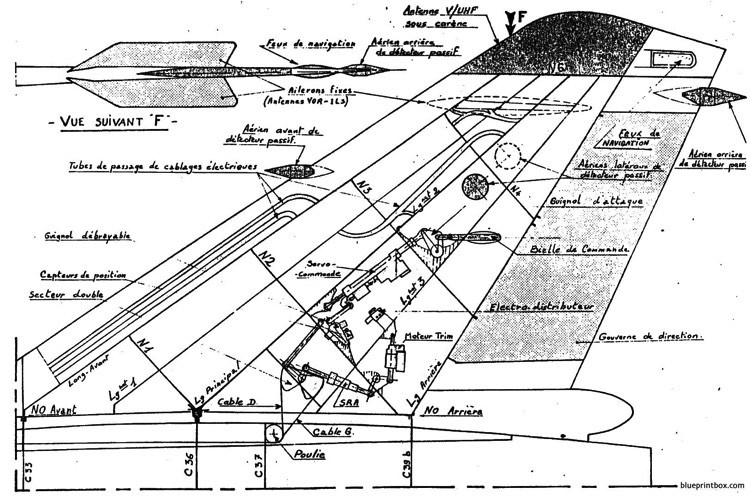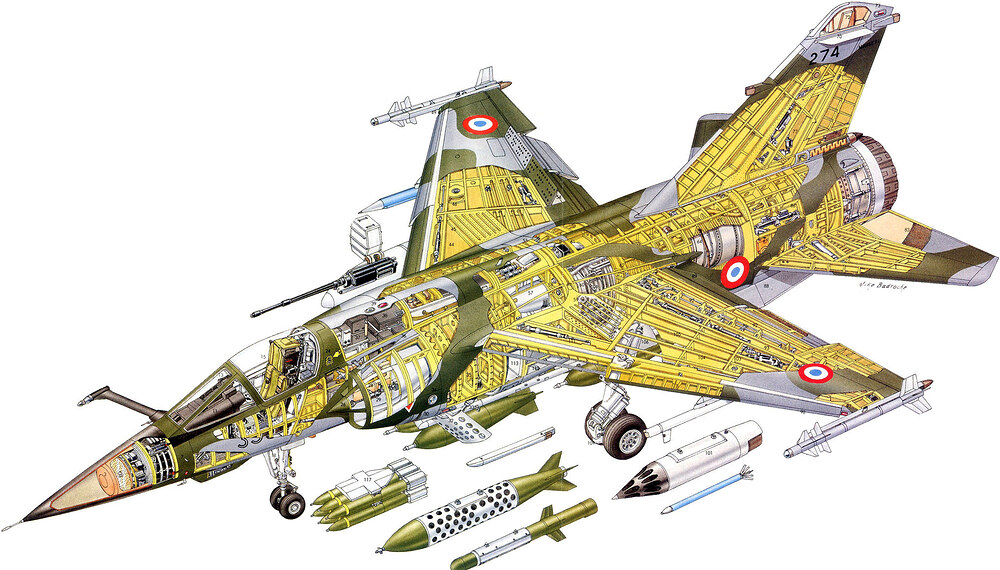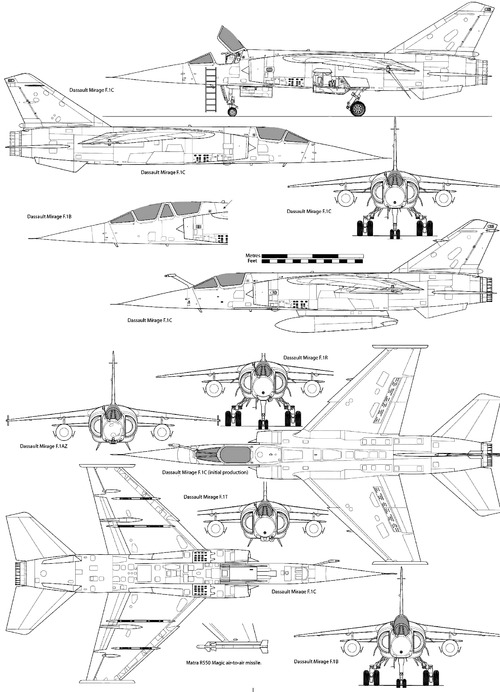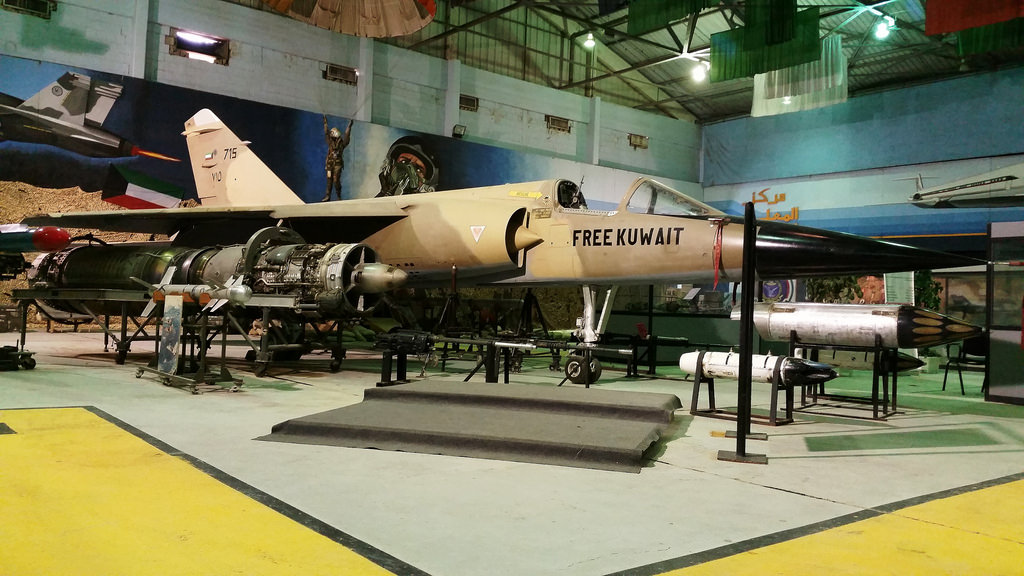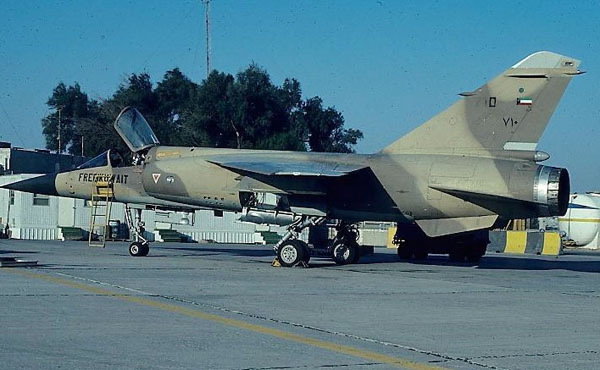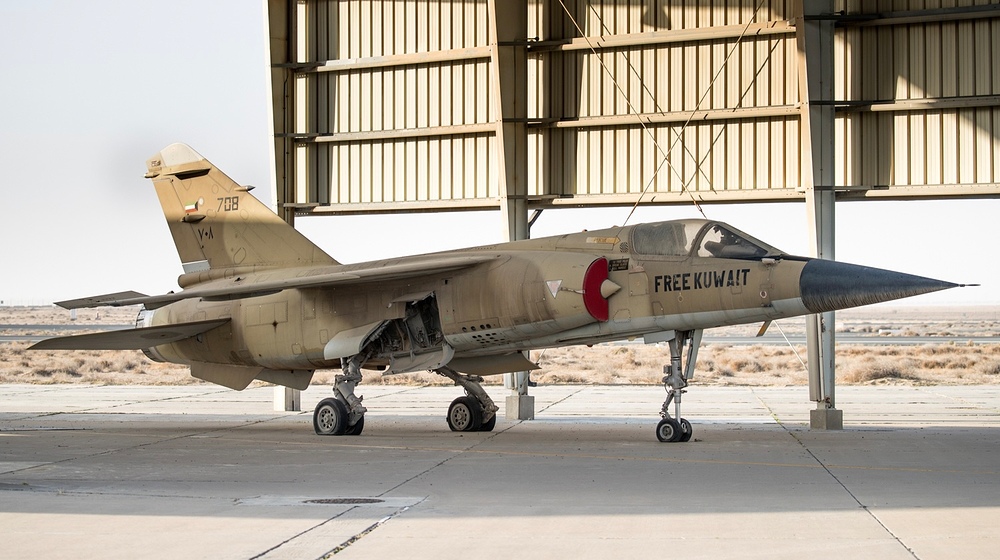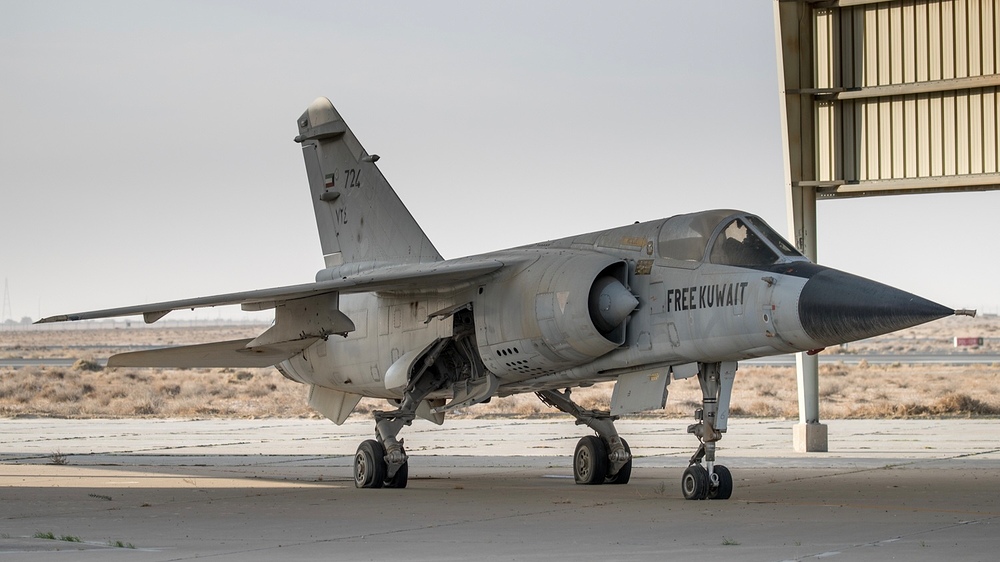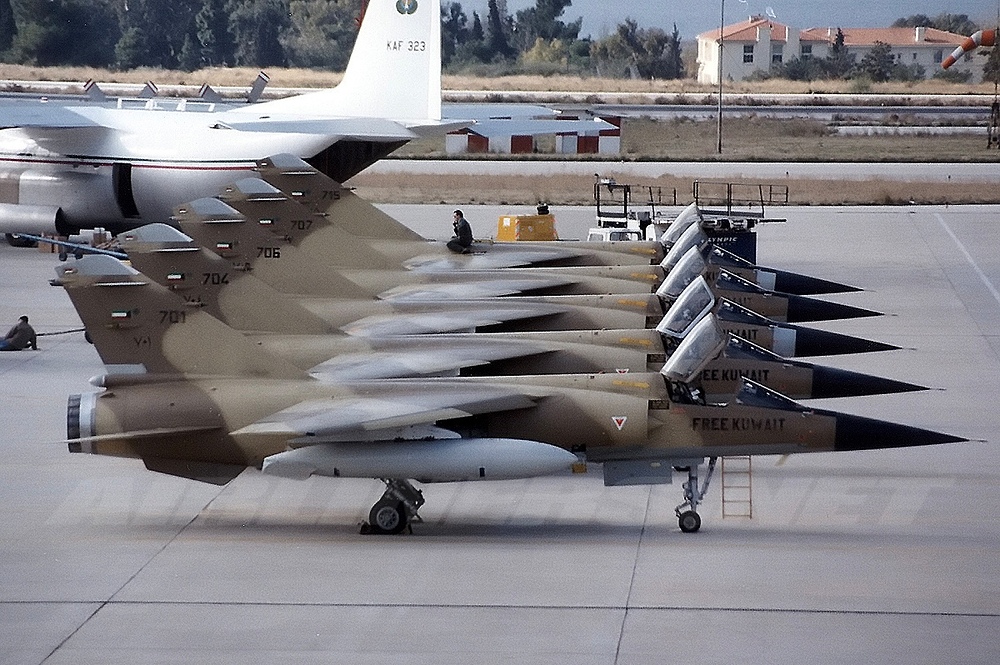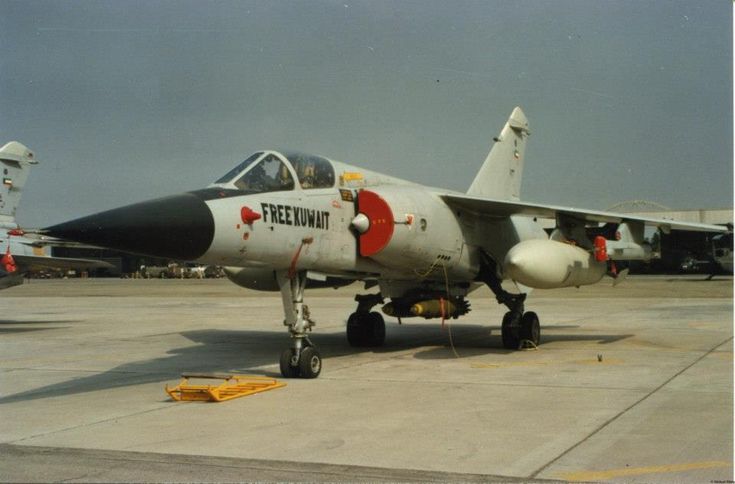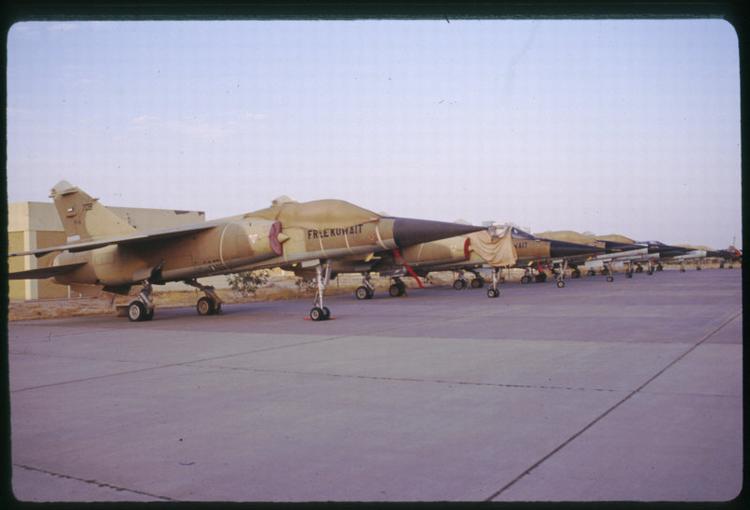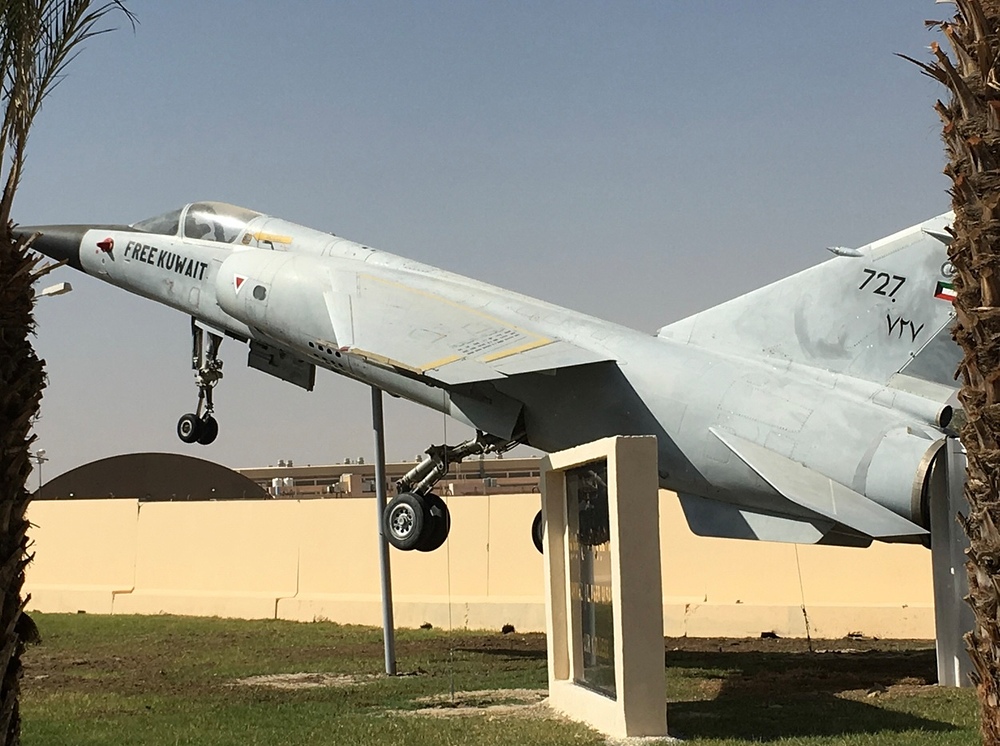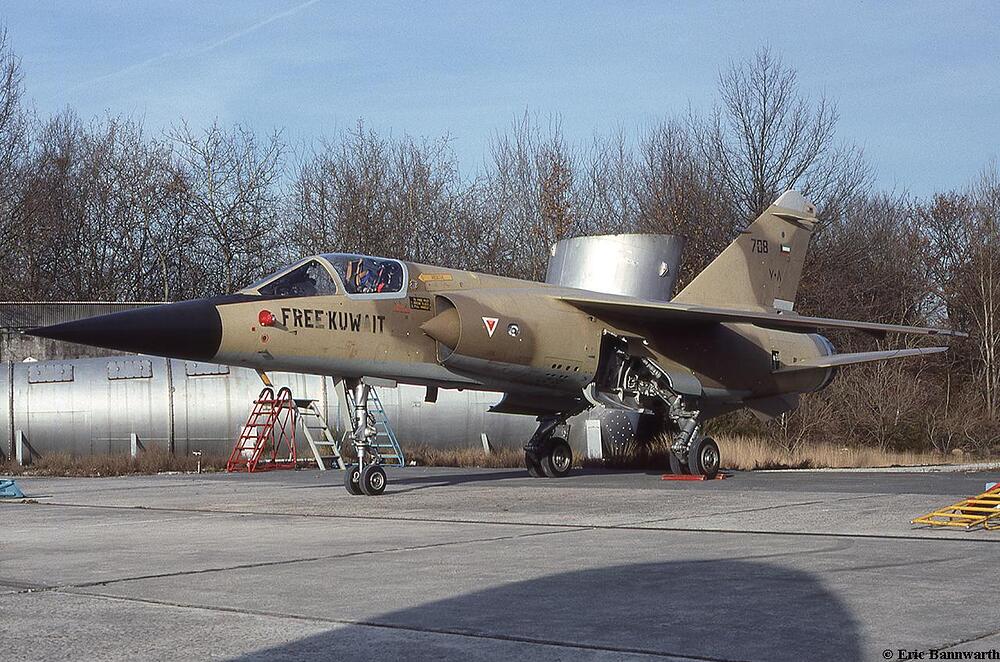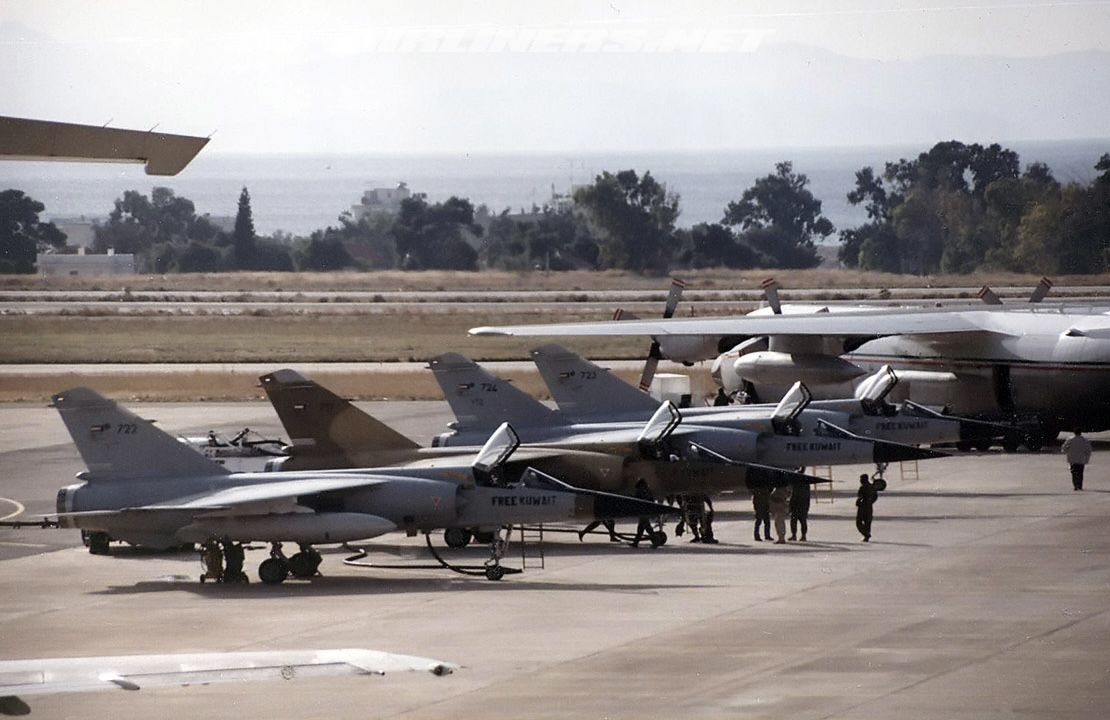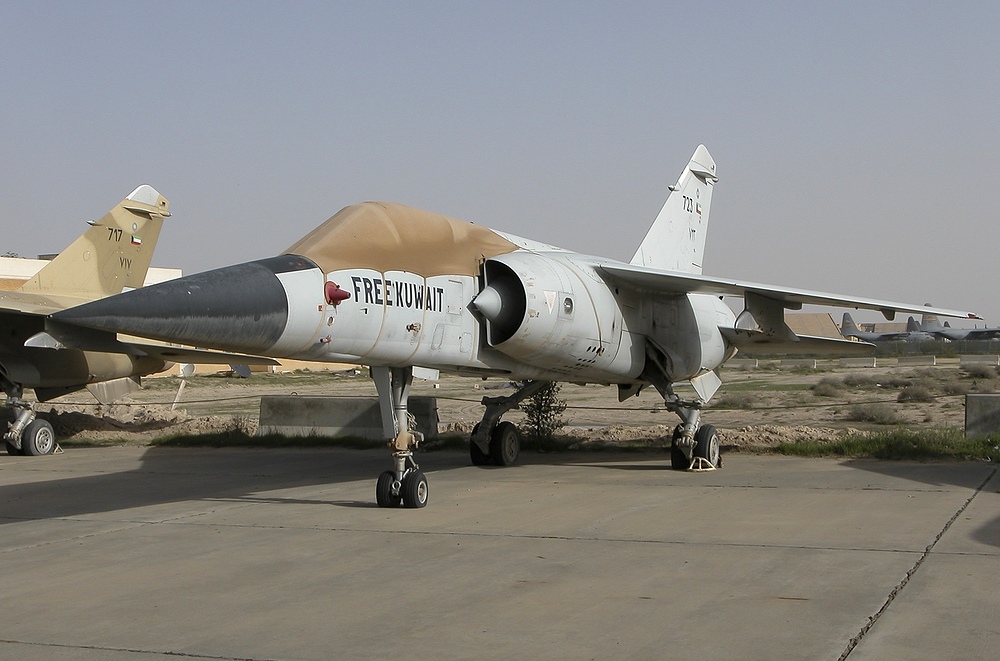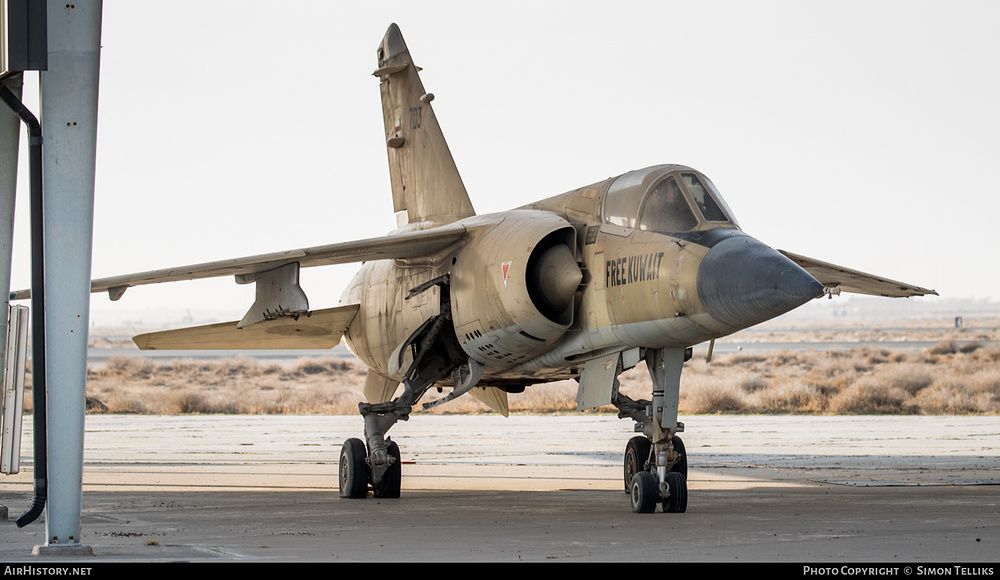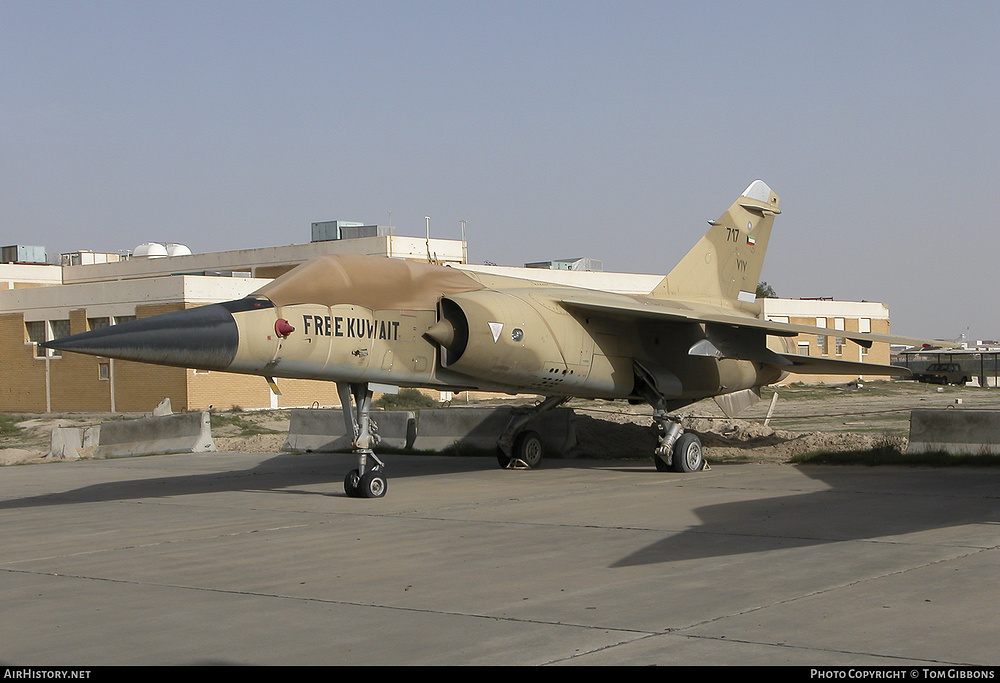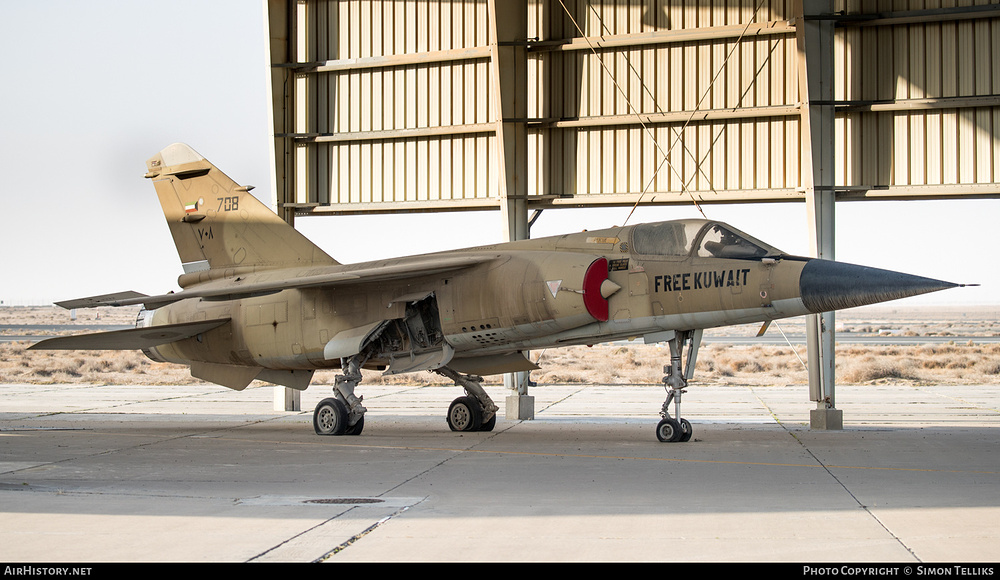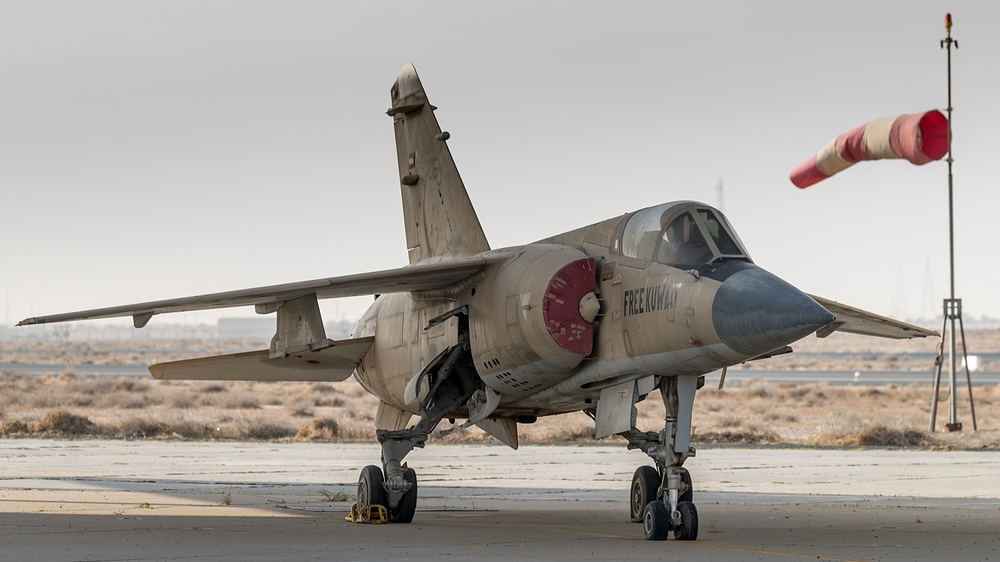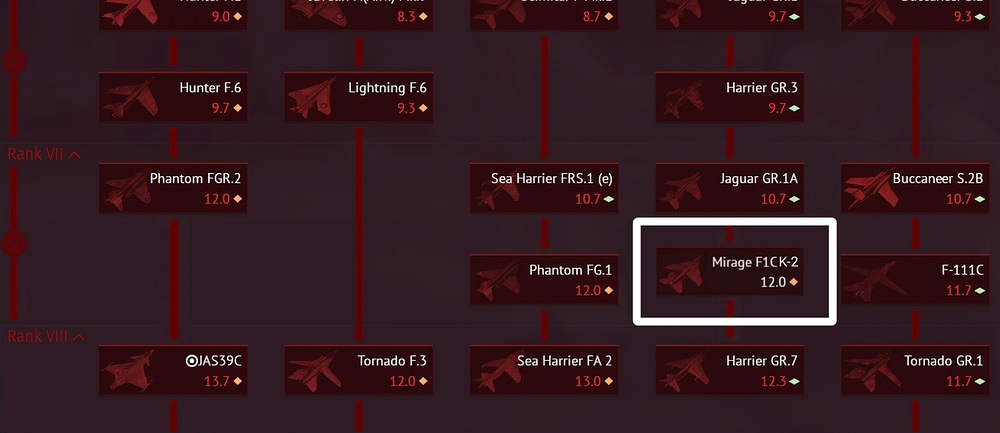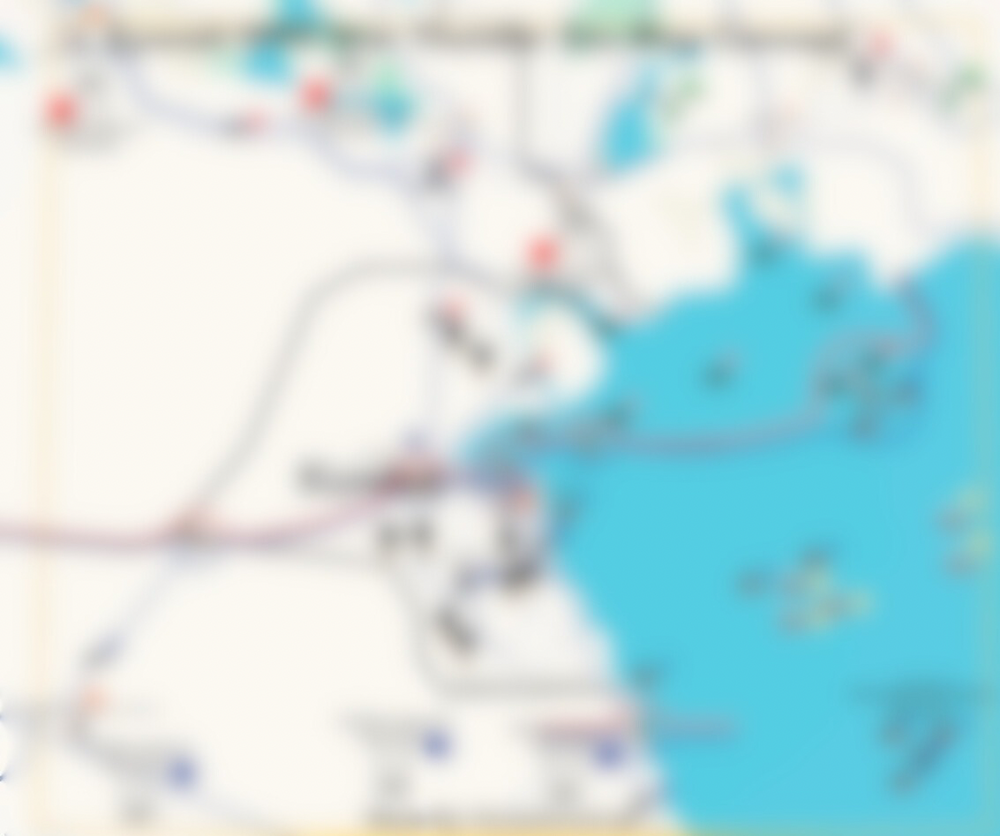- Yes
- No
[Suggestion] Mirage F1CK-2 - Kuwaiti Multirole Export of the Mirage F1C.
The Mirage F1CK-2 Kuwait’s Shield Before the Storm
Hello everybody. I’d like to introduce and suggest the Dassault Mirage F1CK-2 as a future addition to War Thunder’s aviation roster. The Mirage F1CK-2 is a Kuwaiti single-seat, single-engine, multirole combat aircraft developed from the French Mirage F1C. Designed for both air superiority and ground attack, the F1CK-2 carried a unique blend of French and NATO weapons, including AIM-9 Sidewinders and AS-30L laser-guided missiles.
This export variant served with distinction during the Gulf War under the “Free Kuwait” banner and represents an important chapter of Cold War and Gulf War aviation history.
Key Characteristics:
• Top speed: Mach 2.2
• Engine: SNECMA Atar 9K-50 turbojet
• Radar: Cyrano IV-M
• Multirole capability: air-to-air and air-to-ground
• Weapons: AIM-9L/M, R550 Magic II, Super 530F, AS-30L, Mk 82/83/84, BLG-66, Durandal, SNEB
• ECM, targeting, and recon pod compatibility
• Used by the Kuwaiti Air Force, especially during the Gulf War
Mirage F1CK-2 — History
Mirage F1CK-2 History
The Dassault Mirage F1CK was a dedicated export version of the Mirage F1C, customized for the Kuwait Air Force in the late 1970s. Kuwait became the first Gulf country to operate the Mirage F1, ordering 27 single-seat F1CK-1s and 7 two-seat F1BK-1s to modernize its air force. These aircraft featured a mix of French and Western avionics and were among the first Mirage F1 variants to integrate American AIM-9L Sidewinder missiles alongside French-built Matra R550 Magic and R530E missiles.
The Mirage F1CK-1s entered service in 1977–78 and served as Kuwait’s primary frontline fighter for over a decade. They played a critical role during the 1990 Iraqi invasion of Kuwait, when surviving jets were flown to Saudi Arabia to escape capture. From there, they continued to fly missions alongside coalition forces under the “Free Kuwait” command.
In the post-war period, the fleet was upgraded to the F1CK-2 standard, enhancing the aircraft’s multirole capability with AS-30L laser-guided missile support, improved navigation systems, and compatibility with ATLIS II targeting pods. This gave the Mirage F1CK-2 a true strike role in addition to its air defense mission.
The aircraft were eventually retired in the mid-1990s, replaced by the F/A-18C/D Legacy Hornets. However, their legacy remains significant as they were one of the few Mirage variants to see real-world combat operations in the Gulf War and one of the rare export Mirages to blend NATO and French weapons systems.
Mirage F1CK-2 — Specifications
Mirage F1CK-2 – Specifications
Crew: 1
Length: 15.3 m
Wingspan: 8.4 m
Height: 4.5 m
Empty weight: ~7,400 kg
Max takeoff weight: ~16,200 kg
Engine: 1× SNECMA Atar 9K-50 turbojet (7,200 kgf thrust)
Max speed: Mach 2.2 (2,338 km/h at altitude)
Service ceiling: ~20,000 m
Rate of climb: ~213 m/s
Range (combat with drop tanks): ~3,300 km
Armament (by category & variant)
Internal Cannons
-
2× 30 mm DEFA 553 autocannons
- 135 rounds per gun
- High rate of fire, used for air combat and ground strafing
Air-to-Air Missiles
-
R550 Magic I
- Short-range IR-guided missile
- Rear-aspect only
- Carried on wingtip rails
-
R550 Magic II
- All-aspect IR-guided
- Improved seeker and maneuverability
- Standard for late F1CK service
-
AIM-9L Sidewinder (NATO integration)
- All-aspect IR-guided
- Standard U.S. short-range missile
- Kuwait’s Mirage F1CKs were wired for AIM-9L
-
AIM-9M Sidewinder (likely introduced during upgrades)
- Improved version of AIM-9L
- Better resistance to flares and countermeasures
-
Matra R530/E
- Medium-range missile
- Semi-active radar or IR-guided (export variant dependent)
- Mounted on inner wing pylons or outer
-
Matra Super 530F
- Advanced medium-range radar-guided missile
- Carried in pairs on inner wing pylons
- Used for BVR interception
Air-to-Ground Missiles
-
AS-30L
- Laser-guided air-to-ground missile
- 520 kg weight
- Used for precision strike on hardened targets
- Requires ATLIS II laser designation pod
-
AM-39 Exocet (theoretically compatible)
- Long-range anti-ship missile
- Likely not used operationally by Kuwait
- Would be mounted on centerline hardpoint
-
AS-37 Martel (theoretical capability)
- Anti-radiation missile (for SEAD)
- Not known to be used by Kuwait, but compatible with Mirage F1 frame
-
ARMAT (advanced Martel variant)
- SEAD weapon
- Not confirmed in Kuwait’s loadout, but compatible with other export F1s
Bombs
- Mk 81 – 250 lb
- Mk 82 – 500 lb
- Mk 83 – 1,000 lb
- Mk 84 – 2,000 lb
- 250 kg & 400 kg French GP bombs
- BLG-66 Belouga – cluster bomb with submunitions
- BAT-100 – runway-denial bomblets
- BAP-120 – anti-vehicle bomblets
- Matra Durandal – anti-runway bomb with rocket-assist
(Bombs were often mounted on inner & outer pylons, sometimes in pairs with ejector racks.)
Rockets
-
Matra SNEB 68 mm rocket pods
- Standard unguided French rocket
- Pods carried 18 rockets each
- 2–4 pods commonly mounted
-
100 mm rocket pods (heavier, high-impact payload)
- Used for harder targets
- 1 pod per pylon due to size
Targeting & Guidance Pods
-
ATLIS II
- Laser designation pod for AS-30L or LGBs
- Mounted on centerline
- Used for self-designation or buddy-lasing
Electronic Warfare / Countermeasures Pods
-
Barax ECM Pod
- Radar jammer
- Usually mounted on outer wing pylons
-
Remora ECM Pod
- Advanced escort jammer
- Mounted on outer pylon (often left wing)
-
Phimat Pod
- Chaff/flare dispenser
- Usually mounted opposite ECM pod on right wing
Reconnaissance Pods
-
RP35P
- High-resolution photo-recon pod
- Mounted on centerline
-
ASTAC Pod
- Electronic intelligence pod
- Signals and radar emitter tracking
-
Raphaël TH SLAR Pod
- Side-looking airborne radar
- Ground mapping from distance
Fuel Tanks
- 1,200 L wing drop tanks
- 2,200 L centerline drop tank (ferry missions)
- Inner wing and centerline pylons were “wet” (fuel-capable)
NOTE THIS IMAGE DOES NOT INCLUDE EVERY WEAPON LISTED BUT YOU GET THE GENERAL IDEA OF THE OTHER WEAPONS PYLONS
Mirage F1CK-2 — Cockpit
Mirage F1CK-2 Cockpit
The Mirage F1CK-2 cockpit mirrors the standard Mirage F1C layout, featuring a traditional analog design tailored for multirole operations.
Key Features:
• Analog Instrumentation: Centralized gauges displaying speed, altitude, attitude, and navigation data.
• Cyrano IV-M Radar Scope: Positioned prominently for target tracking and engagement.
• Heads-Up Display (HUD): Provides essential flight and combat information directly in the pilot’s line of sight.
• Weapon Control Panels: Located on side consoles for managing various armaments.
• No Helmet-Mounted Display (HMD): Targeting relies on HUD and radar systems.
• ATLIS II Pod Integration: Enables laser-guided munitions deployment via HUD cueing.
This configuration supports both air-to-air and air-to-ground missions, offering pilots a versatile and efficient workspace.
Cockpit Reference Image:
Mirage F1CK-2 — Skins/Camouflage
Late 1970s – Mid 1980s
Camouflage: Two-tone grey/blue scheme
Used on: Mirage F1CK-1s from initial delivery (1977–78)
Purpose: Standard air defense livery; similar to French Mirage F1C
Example photos:
- Registration 724
“FREE KUWAIT” Was added later over the camo
- Registration 703
“FREE KUWAIT” Was added later over the camo
Desert Camouflage (Late 1980s–1990s)
(Gulf environment adaptation)
- Registration 717
“FREE KUWAIT” Was added later over the camo
- Registration 708
“FREE KUWAIT” Was added later over the camo
- Registration 710
“FREE KUWAIT” Was added later over the camo
“Free Kuwait” Markings (1990–1991)
(During the Gulf War exile)
-
Registration 706
-
Registration 723
Reason for Few 1980s–1990 Mirage F1CK Photos:
Kuwait’s Air Force was very private during the 1970s and 1980s, and military aviation was rarely photographed or publicly shown.
Most Mirage F1CK photos from that era were either classified, kept in private military archives, or simply not shared widely.
As a result, very few images of the aircraft in its original grey/blue camouflage exist today.
Why British Tree?
Why the Mirage F1CK-2 Could Be Added to the British Tree:
Despite being a French-built aircraft, the Mirage F1CK-2 has a strong case for inclusion in the British tech tree due to Kuwait’s deep military ties with the UK. Kuwait operated multiple British platforms before and after the Mirage, including the Hawker Hunter, English Electric Lightning, and British armored vehicles. Its training, doctrine, and strategic alignment during the Cold War leaned heavily toward British and NATO support structures.
Additionally, the Mirage F1CK-2 used NATO-standard weaponry like the AIM-9L Sidewinder, making it even more compatible with the British tree in War Thunder’s game design logic. The game has precedent for this: South African vehicles appear under Britain, and Finnish vehicles under Sweden. Adding the Mirage F1CK to Britain would enrich its Cold War-era aircraft lineup, which lacks agile multirole jets at this tier. And it would fill in the huge gaps in the British air tree and would slide in pretty well with the Desert Warrior Light Tank and Kuwait Is already in the British tree so it makes more sense!
Mirage F1CK-2 In-game info
To be completely honest, I believe the Mirage F1CK-2 would be a much better fit in the British tech tree rather than anywhere else. The main reasoning behind this is that Kuwait’s Desert Warrior is already represented within the British ground tree, and having the F1CK-2 placed there as well would create a sense of consistency between the two branches of the game. It would feel more natural for players to see Kuwait’s vehicles grouped together under the same nation, rather than scattered across different tech trees.
As for its performance and capabilities, I think a Battle Rating of 12.0 would be the most appropriate placement. The aircraft’s avionics, weapon systems, and overall role within a match environment align with that BR level. It wouldn’t feel underpowered compared to its contemporaries, nor would it overshadow other jets sitting around the same rating. In fact, it would slide into that bracket very neatly, giving players another competitive but balanced option.
With that in mind, I’ve also considered where exactly it could be positioned within the British aviation tree. Ideally, it should come after the existing high-performance aircraft of a similar generation, bridging the gap between what is already available and the future additions that are likely to follow. Its placement would not only honor historical accuracy, but also give players a smoother line of progression when climbing through the jet ranks.
Overall, placing the Mirage F1CK-2 in the British tree at 12.0 feels like the most logical and seamless solution. It keeps Kuwait’s representation consistent, ensures balance in gameplay, and provides a natural extension to Britain’s high-tier aviation lineup.
Should be between Harrier GR.7 and Jaguar GR.1A
Sources
📘
Books / Publications
- “Dassault Mirage F1” by Gérard Paloque
- A comprehensive illustrated history covering all F1 variants, including exports like the F1CK.
- “Arab MiGs Volume 6: Post-Soviet Air Forces” by Tom Cooper & Milos Sipos
- Includes detailed information on the Kuwaiti Air Force’s Mirage F1s during and after the Gulf War.
- “The Mirage F1 in the Middle East” – Air Combat Information Group (ACIG.org, archived)
- Archived military aviation site with rare data on Middle Eastern Mirage F1 operators like Kuwait.
📄
Official and Archival Sources
- Dassault Aviation Archives – www.dassault-aviation.com
- Use archived brochures or press releases related to Mirage F1 exports.
- Some archived pages have detailed spec sheets.
- Scramble.nl – Kuwaiti Air Force Mirage F1CK Page
- https://www.scramble.nl
- Lists F1CK serials, delivery dates, and combat losses during the Gulf War.
- FlightGlobal Archives – FAQs: FlightGlobal | Announcements | Flight Global
- Look for 1980s issues for articles on Mirage F1 sales and Gulf states’ air forces.
📷
Photos / Diagrams / Camouflage
- Airliners.net – Photos of Mirage F1CKs in Kuwaiti camo
- Example search: “Mirage F1CK Kuwait site:airliners.net”
- JetPhotos.com – Additional airframe shots with serial numbers and color schemes.
- World Air Power Journal (WAPJ) – Volumes from the 1990s
- Includes camo profiles and technical diagrams.
🧪
Technical Details
- Jane’s All the World’s Aircraft (1985–1995 editions)
- Contains performance data, radar/electronics packages, and weapon compatibility.
- Lists F1CK-specific avionics like Cyrano IV radar + ARMAT compatibility.
Conclusion | Why It Should Be in War Thunder
The Mirage F1CK-2 represents a unique Gulf War–era multirole jet, combining NATO and French weaponry, desert camouflage, and real combat history. With Sidewinders, Super 530F, laser-guided AS-30Ls, and a full strike loadout, it fits perfectly in War Thunder’s expanding Cold War and early-90s lineup.
It would make a fantastic addition to:
• The French or British tech tree
• A potential Kuwaiti export line
• A premium, event, or squadron vehicle
Its appearance, weapon mix, and history make it a standout addition to the game.
It fought for freedom — now let it fly again.
Also check out this map suggestion i made and it would slide in very well with this!
